CompareGuru Financial Services is an authorised financial services provider FSP. 47696
The insurance industry is finally beginning to adapt to a technological world – and we’re going to see some incredible changes.
The insurance sector is conservative by nature. As such, the industry has been slow to embrace technology – but it’s coming around. Over the last couple of years, signs have emerged from all over the world that the insurance industry has finally accepted the fact that it needs to adapt and change. It needs to provide new ways of providing and promoting insurance services.
Start-ups are doing this now, and they are beginning to pose an incredible threat to the big insurers. Smaller companies just starting out have utilized technology such as mobile apps and customer data analysis to disrupt the sector and gain a competitive advantage over the Goliaths of the industry. Our needs as customers and consumers change. The world is changing. Risks are changing. The way we drive is changing. Therefore it stands to reason that in order for insurance companies to survive, they have to innovate and build new products to address these changes.
Customers now prefer online interaction to dealing with somebody over the phone or in person. With most companies, we’re still stuck in the latter. Plus, a future of safer, more adept self-driving vehicles is fast approaching. The industry, not particularly known for radicalism, is now being propelled by this sense of urgency. Adapt or die. And as a result, we’re seeing some interesting ideas.
We took a look at some of the many ways that technology is now changing the insurance landscape.
Blockchain
For those who missed the runaway blocktrain, blockchain is basically a digital distributed ledger. It can assist companies in detecting fraud, maintain records and essentially save a ton of time and labour. It allows you to know your customer.
Smart contracts, powered by blockchain technology, for instance, could give both insurers and customers the ability to manage claims in a transparent manner. The only way for this to work, though, would be for the entire community to work together on a single platform. Many insurance companies, such as those in India and Hong Kong, are now creating a central repository of policyholder data. This allows insurers to avoid having to repeat the registration procedure for multiple policies.
Chatbots
Chatbots have been around for some time now, and it’s been a bit of a rollercoaster ride. Many among us have probably had some unsatisfying experiences with them. We’ve seen advances in cognitive technology, though, which are helping Chatbots increase accuracy and provide far more relative automated responses.
Deep learning techniques have aided in machine translation. We’ve already seen speech recognition software improve in leaps and bounds in much the same way, reducing errors. So, modern Chatbots are now far more capable of helping you than any human Telkom employee, for example.
With constant improvements in language processing and speech technology, the potential is endless.
On-Demand Insurance
At every moment of the day, we face certain risks. Many would agree that it is almost impossible – or at least really expensive – to cover every single thing all the time. Enter On-Demand Insurance. This is the ability to get insurance coverage whenever you want, wherever you want, by use of, say, a mobile app.
It is insurance offered on a need-based model. A simple way to define it is that you only pay for the time that you are at risk.
An even simpler way to describe how it works is to say, perhaps you’ve just bought a new laptop. You leave the store. You go onto an On-Demand service, enter all your details and the laptop details, pick the price you’re happy with, and voila – your laptop is insured.
Another example – maybe you would like Life Insurance, but only for when you actually leave your house. You could turn the coverage on and off, as you need it.
The idea is to offer customised insurance products, with no need for the customer to interact with a broker or company representative. It’s an interesting concept now offered by many insurers, but we are yet to see if it takes off.
Behaviour Tracking
Devices such as Discovery’s DQ-Track or wearables like Fitbit have given insurers some insight into our behaviour.
Other insurers utilize machine learning technology to form smart recommendations on insurance policies, based on your social media. It may even have a look at your Facebook account data to assess your proclivity for risks.
Now, those offering car insurance know if you drive properly or not. Those offering life insurance will know if you exercise or live a healthy lifestyle. This allows them to adjust their prices accordingly and offer low-risk clients better rates.
Artificial Intelligence
It is surprising to see how long it has taken for AI to find its way into the insurance sector. The industry is essentially built on data, so it only seems logical to hand the grunt work such as paperwork and claims verifications over to a really smart computer.
In many instances, data which has been manually inputted by human beings accounts for over half of the errors. This could be due to typos or incorrect customer details. Through AI and automation, insurers could prevent many of these errors and thereby speed up the entire process for everybody. Many insurance companies across the globe now use AI systems to speed up the claims process.
Auto-validation, based on a set of rules for the AI to follow, is capable of analysing and paying out an insurance claim within seconds.
Technology And Insurance
No industry is exempt from disruption. Today, the world is always-on, ever-connected and fast-changing. We’re beginning to see a clear shift away from the traditional means in which we’ve always conducted business. We’re evolving, and so is insurance.
South Africa Insurance Head at Wipro Limited, Jaqueline Van Eeden, says that there are traditionally four main aspects to the industry.
- Product design;
- Pricing and underwriting;
- Distribution and admin;
- Claims management.
This model has remained the same for decades, and has predominantly relied on income from policy premiums and asset management in order to function. Technology has changed that. It has changed the way that consumers think about risks and spend their money. As a result, insurers are now forced to change their model from one that has always been product-centric to one that is more customer-centric.
“Insurers are moving towards customised, usage based, real time coverage models and moving away from a risk-based underwriting approach to a risk management approach,” says Van Eeden. “Legacy interaction methods and distribution channels using call centres and one-on-one visits are being replaced as anywhere any-time response to customers is taking top priority. The ‘virtual technology’ is providing easier and instantaneous ways for clients and insurers to obtain and update information, even enabling seamless and accurate billing via mobile applications.”
So, we’re beginning to see trends emerge across the globe. Many of these are either tech-driven or tech-related, and they are enabling insurance companies to remain competitive and relevant. This could be an increase in the use of Internet of Things, the utilization of Big Data to improve claims processing, an increased demand for cyber insurance, a growing focus on mobile apps and interaction or the emergence of Peer-to-Peer insurance.
In the interest of longevity – technology simply has to be embraced.
CompareGuru knows what's good - you'll never need another insurance comparison tool again!
Sign up to our newsletter to stay up-to-date on our latest tips on how to get the best out of your insurance, what insurance really means and how to avoid any pitfalls along the way.
CompareGuru has you covered.


